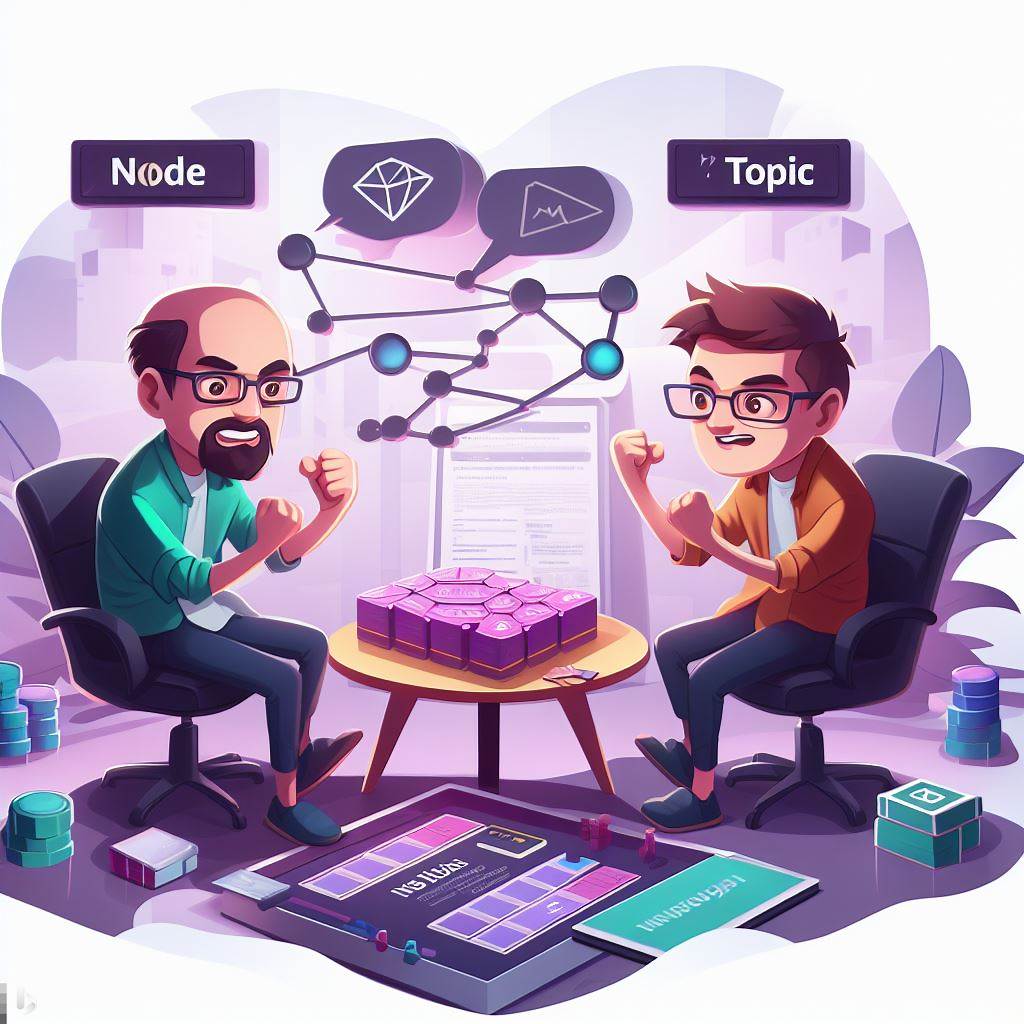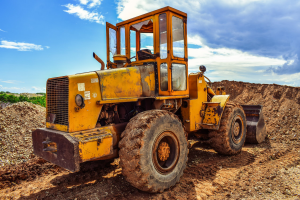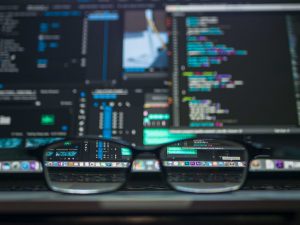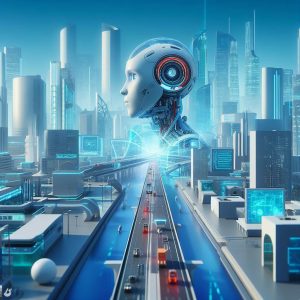We are still on our series for ROS, for those who didn’t have the chance to read our previous introduction about ROS, you may find it our website blog section, otherwise, we will provide a brief explanation of ROS. Enjoy~
The Robot Operating System, commonly known as ROS, is an open-source framework designed to facilitate the development of robotic applications. It is widely used in the field of robotics and autonomous systems to streamline the creation and management of robot software. One of the fundamental concepts in ROS is the notion of “nodes.” In this blog, we’ll explore what ROS nodes are, their significance in ROS, and the difference between nodes and topics.
What is a ROS Node?

A ROS node is a fundamental building block in the ROS ecosystem. It is a standalone computational unit that performs specific tasks, processes data, and communicates with other nodes within a robotic system. Each ROS node is designed to carry out a specific function, such as sensor data processing, motor control, or high-level decision-making.
ROS nodes are typically written in programming languages like C++, Python, or others and are executed independently. This modularity allows for a highly distributed and scalable approach to robot software development. Nodes can run on various computing platforms and communicate with one another, forming a network of interconnected components that work together to accomplish complex tasks.
Key Characteristics of ROS Nodes
- Independence: ROS nodes operate independently, meaning they can be started, stopped, or restarted without affecting other nodes in the system.
- Communication: Nodes communicate with each other using the ROS middleware, which provides a publish-subscribe mechanism for data exchange. This communication is facilitated through topics, services, and parameters.
- Scalability: ROS nodes can be easily added or removed, allowing developers to scale their robotic systems to meet specific requirements.
- Flexibility: Developers have the flexibility to create and customize nodes for various tasks, providing a high degree of modularity and reusability.
ROS Topics vs. ROS Nodes

To understand ROS nodes better, it’s essential to distinguish them from ROS topics, another essential concept in ROS.
ROS Topics:
- ROS topics are communication channels used for the exchange of data between ROS nodes.
- They are named, typed, and have publishers and subscribers. Publishers send data, while subscribers receive and process it.
- Topics enable the decoupling of nodes; a node that publishes data to a topic doesn’t need to know which nodes will be subscribing to it.
- Example topics include sensor data (e.g., camera images, laser scans), control commands, and state information.
ROS Nodes:
- ROS nodes are the individual software components responsible for processing data and making decisions.
- They can publish data to topics and subscribe to topics, effectively sending and receiving information from other nodes.
- Nodes encapsulate the logic for specific tasks, making the system modular and easy to maintain.
- Examples of nodes include sensor drivers, control algorithms, mapping, and navigation components.

In summary, ROS nodes are the functional units that carry out the work in a ROS-based robotic system, while ROS topics are the communication channels that allow these nodes to exchange data. The combination of nodes and topics creates a powerful framework for building complex robotic applications.
| Example of ROS Nodes | Example of ROS Topics | How They Work Together |
|---|---|---|
| 1. Sensor Driver Node | – Laser Scan Topic | The Sensor Driver Node captures data from a laser scanner and publishes it to the “Laser Scan” topic. Other nodes that need access to laser scan data can subscribe to this topic to receive the information for processing, such as obstacle detection or mapping. |
| 2. Control Node | – Control Commands Topic | The Control Node receives high-level control commands (e.g., velocity or position setpoints) from the “Control Commands” topic. It processes these commands and sends low-level control signals to actuators like motors. This allows the robot to execute specific actions as directed by other parts of the system. |
| 3. Mapping Node | – Occupancy Grid Map Topic | The Mapping Node generates an occupancy grid map, representing the environment’s layout based on sensor data (e.g., from a 2D LIDAR or depth camera). It publishes this map to the “Occupancy Grid Map” topic. Other nodes, such as a navigation system, can use this map for path planning and obstacle avoidance. |
| 4. Navigation Node | – Path Planning Topic – Current Pose Topic | The Navigation Node uses the “Path Planning” topic to receive high-level path planning instructions. It also subscribes to the “Current Pose” topic to determine the robot’s current position and orientation. By integrating these data sources, the node calculates and executes the robot’s motion plan to reach its destination. |
| 5. Image Processing Node | – Camera Image Topic | The Image Processing Node subscribes to the “Camera Image” topic to receive image data from a camera sensor. It can perform various tasks like object detection, image recognition, or tracking, and then publish the results to other topics or nodes for further processing or decision-making. |
| 6. Localization Node | – Sensor Data Topic – Odometry Topic | The Localization Node fuses sensor data (e.g., from GPS, IMU, or wheel encoders) with odometry information obtained from the “Odometry” topic. This fusion allows the robot to estimate its precise position and orientation within the environment. Accurate localization is crucial for navigation and mapping. |
In this table, we see examples of ROS nodes responsible for different tasks in a robotic system, along with the topics they interact with. ROS topics serve as communication channels that enable data exchange between these nodes, facilitating the coordination and cooperation of various components in the system. This seamless interaction is a key strength of ROS, enabling the development of complex and capable robotic applications.

In Conclusion
ROS nodes play a vital role in the development of robotic systems, allowing for modularity, scalability, and efficient data exchange. They are the heart of the ROS ecosystem, providing the computational power and functionality needed to create advanced robotics applications. Understanding the difference between nodes and topics is essential for anyone working with ROS, as it forms the basis for designing and building complex robot software.
If you’re keen to learn more about ROS, explore other digital areas, or have tech questions, remember that NICE FUTURE INC. is here to help. Our goal? To share knowledge and cutting-edge tech to help build a better and more creative future. As technology keeps changing, we’re here to give expert advice and solutions for all your software and tech needs.
So, get set! Together, we’re planning an exciting journey towards a future filled with technology and innovation. Keep an eye out for our next posts, and let’s move towards a time filled with amazing achievements. Stay tuned – we’ll be back soon! 🚀🌟
Subscribe to our newsletter!




